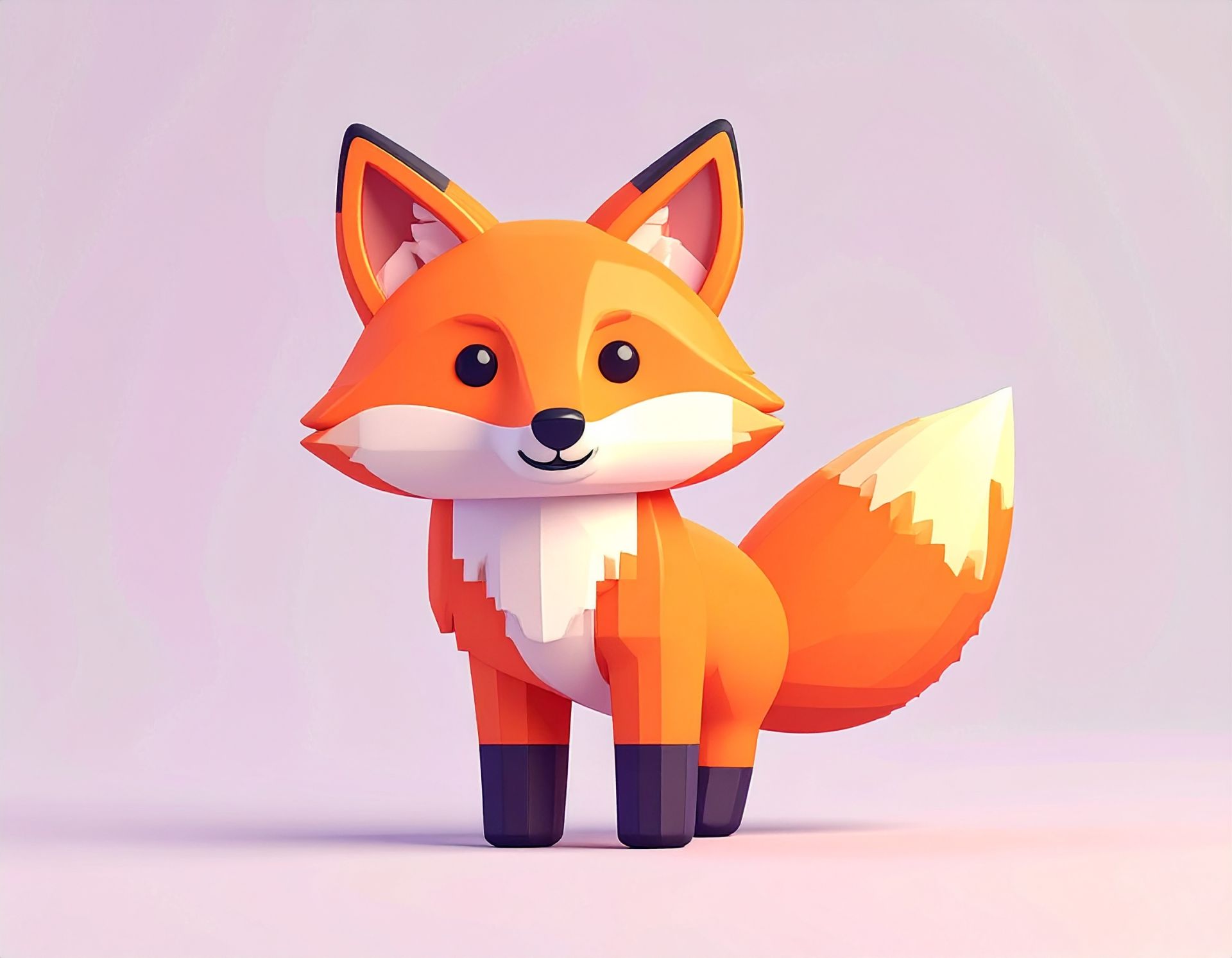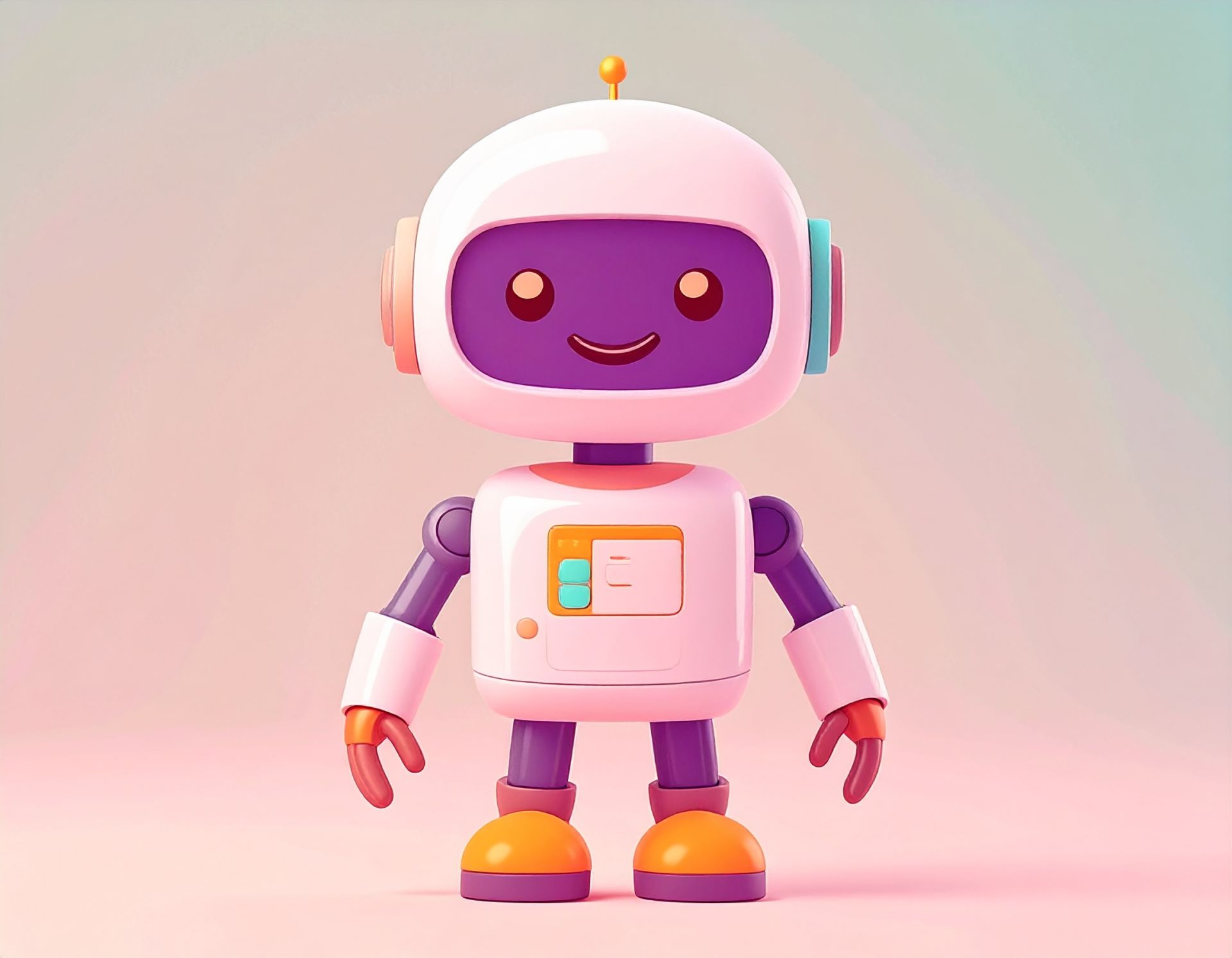The Value of the Creative Process: Rethinking AI Use in the Classroom
Educators around the world are exploring the exciting potential of artificial intelligence in their classrooms. AI can streamline administrative tasks, generate learning materials, support differentiation, and even offer new ways to engage students. But not every use of AI is pedagogically sound.
Today I came across a LinkedIn post in which a teacher used an AI image tool to turn children’s original drawings into sleek, cartoon-style illustrations. The intention was clearly to inspire and celebrate creativity. Yet for those of us committed to meaningful education, it raises deeper questions: What are we really teaching when we overwrite a child’s creative work with a machine's polished interpretation? And what is the emotional impact of that message?
The Importance of Process in Learning
At the heart of learning is process. This is especially true in creative disciplines like art, writing, and design, where the act of doing, the struggle, the experimentation, the discovery, is as vital as the final product.
As theorist Lev Vygotsky famously argued, children learn best through active engagement and social interaction (Vygotsky, 1978). In art education, this means exploring materials, making mistakes, and expressing one’s inner world in unique, imperfect ways. Drawing is not just about what appears on the paper, it’s about the thoughts, emotions, and decisions behind each stroke.
By replacing a child’s drawing with a machine-generated version, no matter how “improved”, we risk sending the wrong message: that their ideas aren't complete or good enough without digital enhancement.
The Emotional Cost of “Perfect” Outputs
For young learners, creative work is often a reflection of self. When we show them an AI-generated version of their artwork, we may unintentionally:
Undermine their confidence by implying the AI's version is “better.”
Devalue their process by jumping straight to a flawless result.
Discourage experimentation, which often looks messy but is essential to learning.
A recent study by Crayola found that 92% of children believe being creative helps them feel more confident. Creativity is not just about output, it’s about ownership, self-expression, and pride. If we use AI to replace children's voices with generative perfection, we cut short the journey and dilute their sense of achievement.
Learning, Not Replacing: A Better Use of AI
This doesn’t mean AI has no place in the creative classroom. On the contrary, when used thoughtfully, it can be a powerful co-creator, inspiration tool, or idea generator, particularly for educators themselves.
The role of AI in education, as highlighted by UNESCO, should be to support human learning and creativity, not replace it (UNESCO, 2021). Rather than using AI to re-render children’s drawings, educators could:
Use AI to create teaching aids or example illustrations that inspire children without replacing their own work.
Encourage children to critique AI-generated images, prompting reflection on what makes their own ideas unique.
This fosters a deeper understanding of both artistic process and critical thinking about technology.
Protecting Children’s Voices and Ideas
There’s also a quiet but important legal dimension. In most countries, including the UK and US, children hold copyright over their original artwork. Uploading their work to an AI platform often means granting the tool’s provider the right to reuse or analyse that data, sometimes without clear consent. While this may seem minor, it's a reminder of how children’s voices can be appropriated without their full understanding or permission.
More importantly, it reminds us of the deeper principle: their work matters. Their imagination deserves to be protected and celebrated, not “corrected” or polished away by algorithms.
A Message for Educators: Use AI with Intention
At Futured AI Academy, we believe that AI can be a brilliant tool in education when applied with purpose and care. But like any tool, it must serve learning goals, not distract from them.
Let’s guide our students not toward instant perfection, but toward joyful, curious, creative exploration. Let’s use AI to support the teacher’s craft, not overwrite the student’s journey. And above all, let’s preserve the spark that lives in every child's imagination, one drawing at a time.
References
Crayola (2022). Creativity Week 2022 Survey Highlights. Retrieved fromcrayola.com
UNESCO (2021). AI and Education: Guidance for Policy-makers. Paris: UNESCO. Retrieved from:https://unesdoc.unesco.org
Vygotsky, L.S. (1978). Mind in Society: The Development of Higher Psychological Processes. Harvard University Press.
UK Intellectual Property Office (2021). Copyright and Children’s Works. Retrieved from gov.uk




